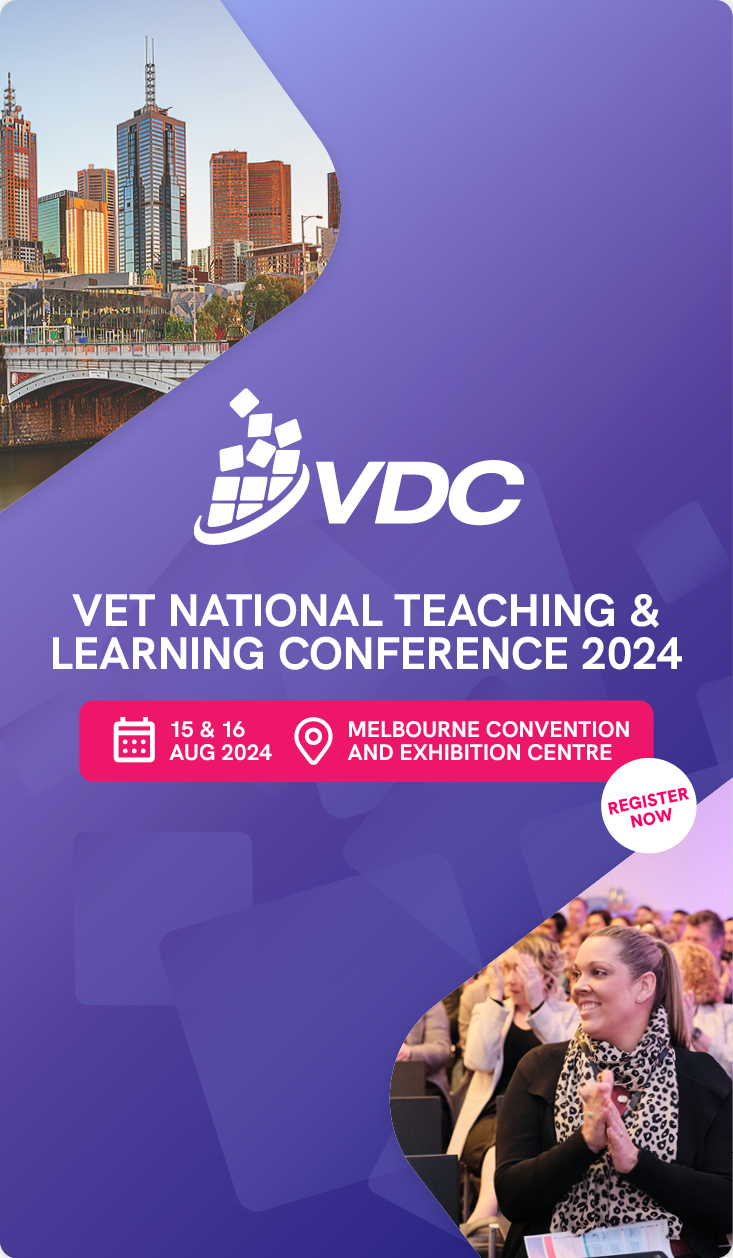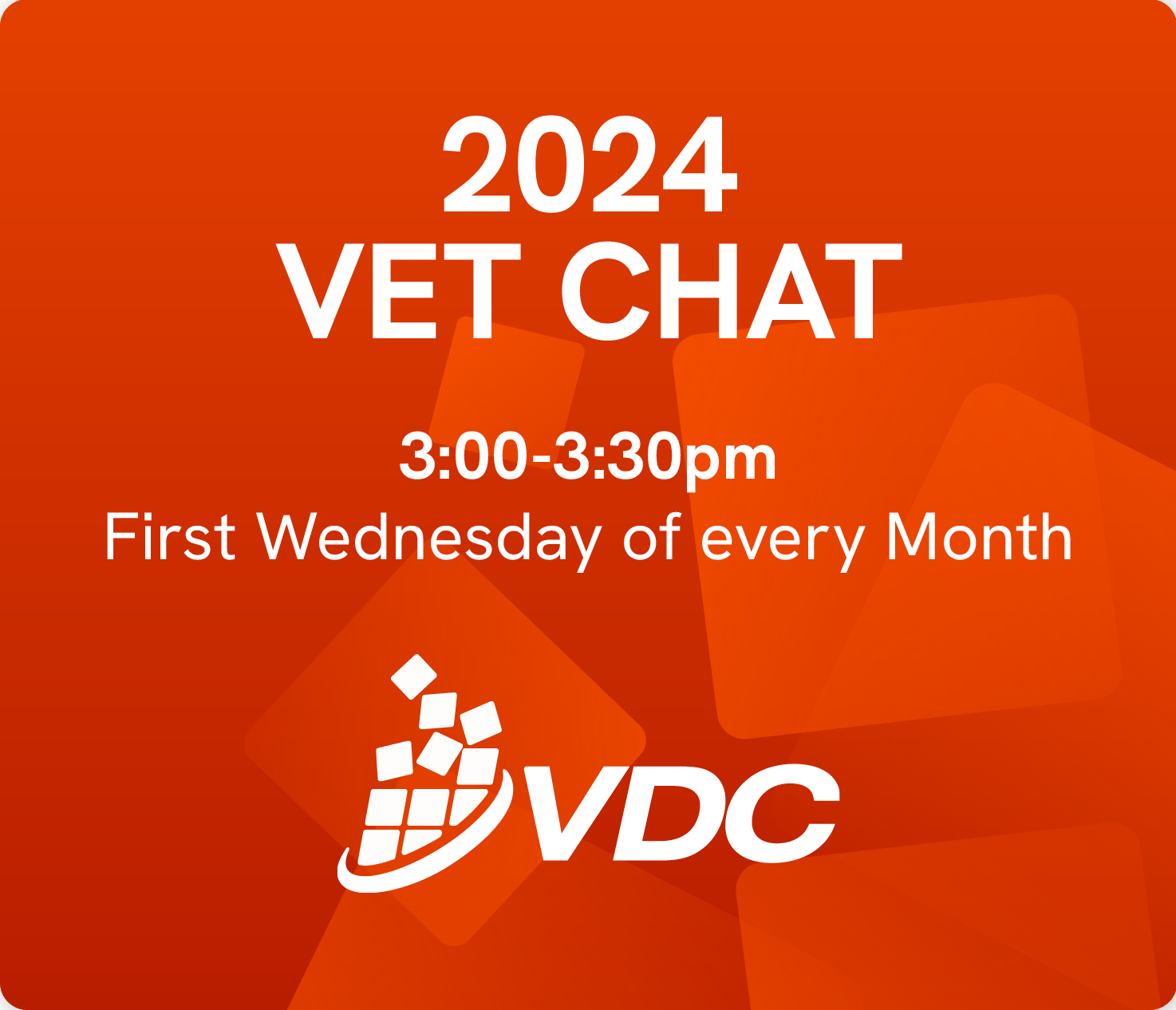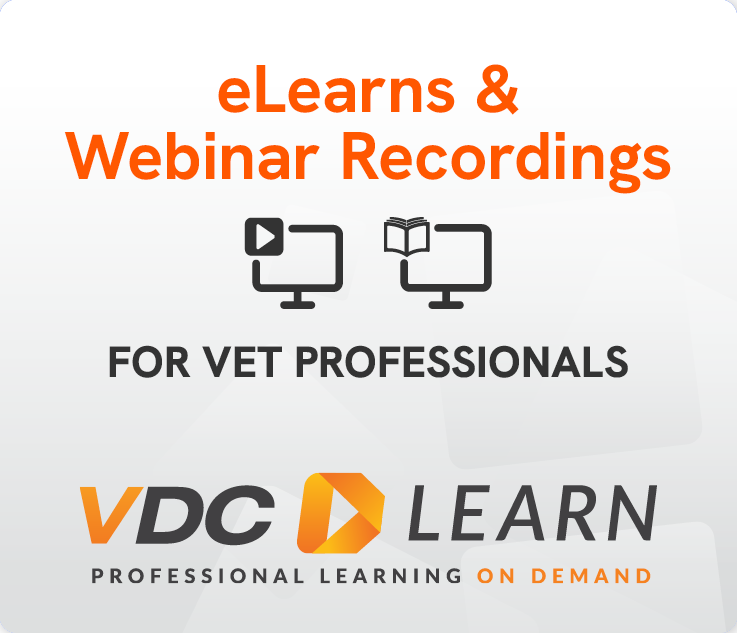
Applied research as part of VET’s job description
The drones are coming. They’ll assist farmers to seed crops and better monitor water use. They’ll assist emergency services to assess critical incident damage and pinpoint response priorities. They’ll complete building inspections. Drones will deliver parcels from retail outlets, and your pizzas.
Drone technology applications will soon appear in units of competency. Indeed, they already have. Turn to page 8 of the Queensland Drone Strategy and you’ll find:
‘The AVI30316 Certificate III in Aviation (Remote Pilot – Visual Line of Sight) qualification is subsidised under the Queensland Government’s Annual Vocational Education and Training (VET) Investment Plan, and is being trialled for VET in Schools delivery through Aviation High.’
Applied research is a training strategy
VET practitioners will have a leading role in supporting enterprises to incorporate drone technology into day-to-day operations through training the current and future workforce. It’s a role VET often plays. Through training we bring innovative technologies into everyday use in enterprises, non-profit organisations and government agencies.
Applied research can expand VET’s innovation remit beyond training by working with industry to solve problems and develop new ideas. VET can assist industry partners to rigorously and methodically test new applications for technologies like drones, or new business processes that improve customer satisfaction.
Applied research benefits
Applied research benefits go beyond improved productivity or commercial returns. If we engage students in trials that enhance engagement and problem-solving skills, training outcomes are maximised. If VET teachers are central players in applied research, their industry currency will be second to none.
Recent work from the National Centre for Vocational Education Research (NCVER) specifies this bundle of benefits. The NCVER’s applied research investigation yielded three papers.
The main report – VET applied research: Driving VET’s role in the innovation system (52 pages) – ‘examines the VET sector’s potential for applied research and innovation and presents a roadmap towards increasing the sector’s participation in the national innovation agenda.’
Developing VET applied research: Steps towards enhancing VET’s role in the innovation system (16 pages) identifies applied research benefits for RTOs, educators, students, employers and the VET system. It lists steps providers and VET professionals can take to extract those benefits.
VET teachers are the innovation drivers
Professional development for VET practitioners is the critical step. Explaining the VET applied research developmental framework (16 pages) scopes professional learning requirements for applied research. Teacher capability is pivotal to effective VET engagement in Australia’s innovation system.
The drones are coming, as are a multitude of innovations in every industry sector. VET can be a prime mover in extracting full value from new technologies and business processes. VET educators will be at the wheel. They are VET’s innovation drivers.








